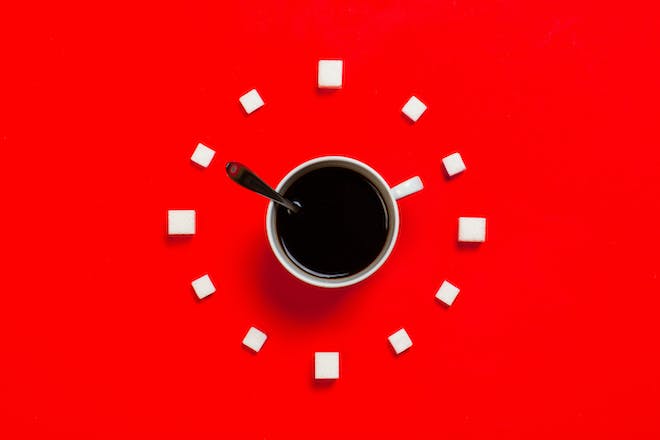Prime Rib Reverse Sear Time: Perfecting the Art of Slow-Cooked Excellence
When it comes to preparing a prime rib, the reverse sear time is crucial for achieving that melt-in-your-mouth tenderness and perfectly crisp exterior. This method, revered by chefs and BBQ aficionados, flips the traditional cooking process on its head, starting with a low-temperature oven before finishing with a high-heat sear.
Understanding the Reverse Sear Method
The reverse sear is a technique that involves cooking your prime rib at a low temperature initially and then searing it at high heat at the end. This approach presents a game-changer for several reasons:
- Even cooking: Slowly bringing the prime rib up to temperature allows for more uniform cooking throughout the cut.
- Improved texture: The gentle heat preserves the meat’s tenderness and moisture.
- Enhanced flavor: Finishing with a sear creates a deep, caramelized crust that is rich in flavor.
Calculating Your Prime Rib Reverse Sear Time
To achieve the perfect reverse sear, time and temperature must be carefully managed. Begin by allowing your prime rib to rest at room temperature for about two hours prior to cooking. This step is vital for ensuring the meat cooks evenly.
Initial Low-Temperature Cooking
Preheat your oven to 250°F (120°C). Place the prime rib in a roasting pan, bone-side down. Cooking times will vary based on the size of your roast and your desired level of doneness. A good rule of thumb is to allocate approximately 35 minutes per pound for a medium-rare finish. Insert a meat thermometer into the thickest part of the roast, avoiding the bone, to monitor its internal temperature.
For medium-rare, remove the prime rib when it reaches an internal temperature of about 110-115°F (43-46°C). The temperature will continue to rise during the resting phase and once seared.
Resting Phase
After the initial cook, let your prime rib rest on a cutting board for at least 20 minutes. This pause allows the juices to redistribute throughout the meat, ensuring that every slice is succulent.
The Final Sear
While your prime rib is resting, increase the oven temperature to 500°F (260°C) or prepare a grill or skillet for high heat. After resting, sear the prime rib for 6-8 minutes in the oven or 3-4 minutes per side on the grill or in the skillet. This final blast of heat will raise the internal temperature to approximately 130°F (54°C) for perfect medium-rare doneness and create that desirable crust.
Once you’ve achieved the perfect sear, allow your prime rib to rest for an additional 10-15 minutes before slicing. This step is crucial for retaining the meat’s moisture.
Mastering the reverse sear technique for prime rib will elevate your culinary prowess and impress your guests. Remember, patience is the key to perfection when it comes to the reverse sear time, leading to a prime rib that is truly unparalleled in flavor and texture.
